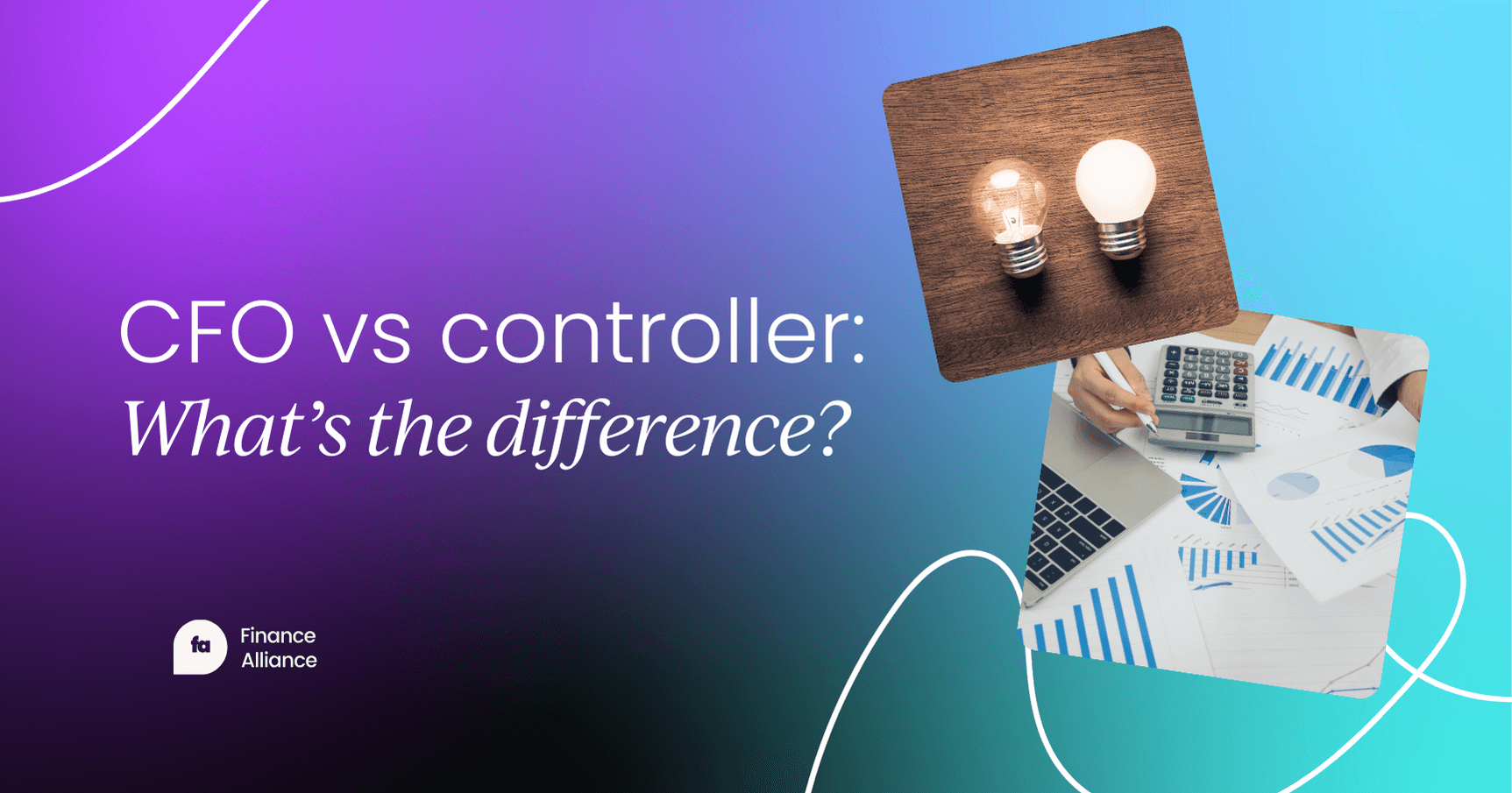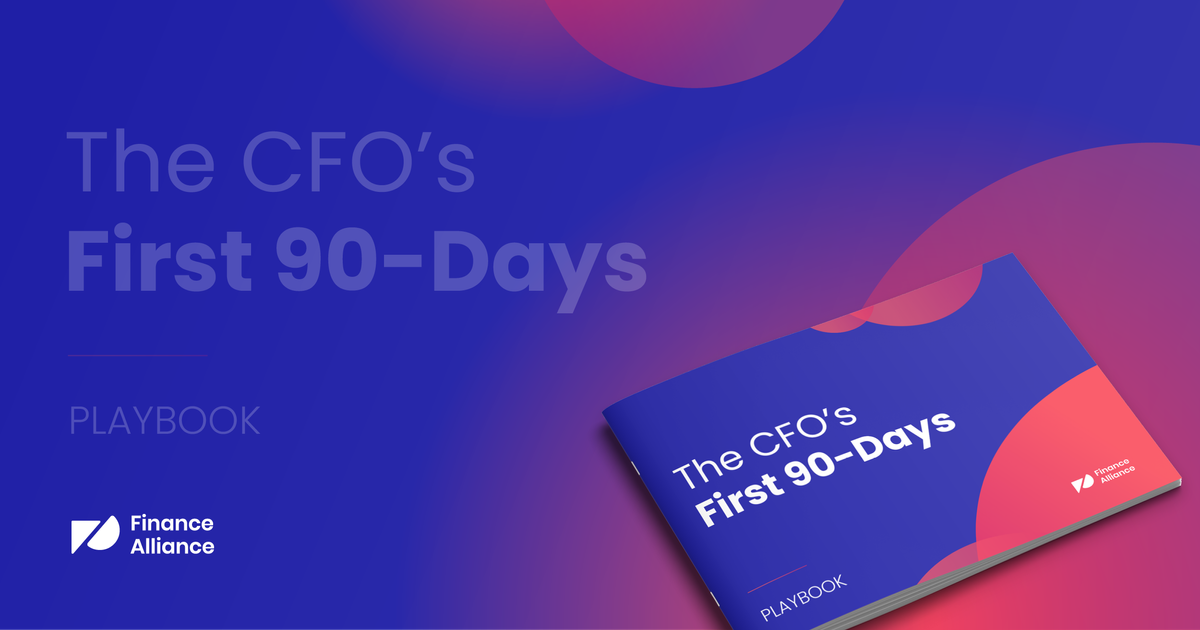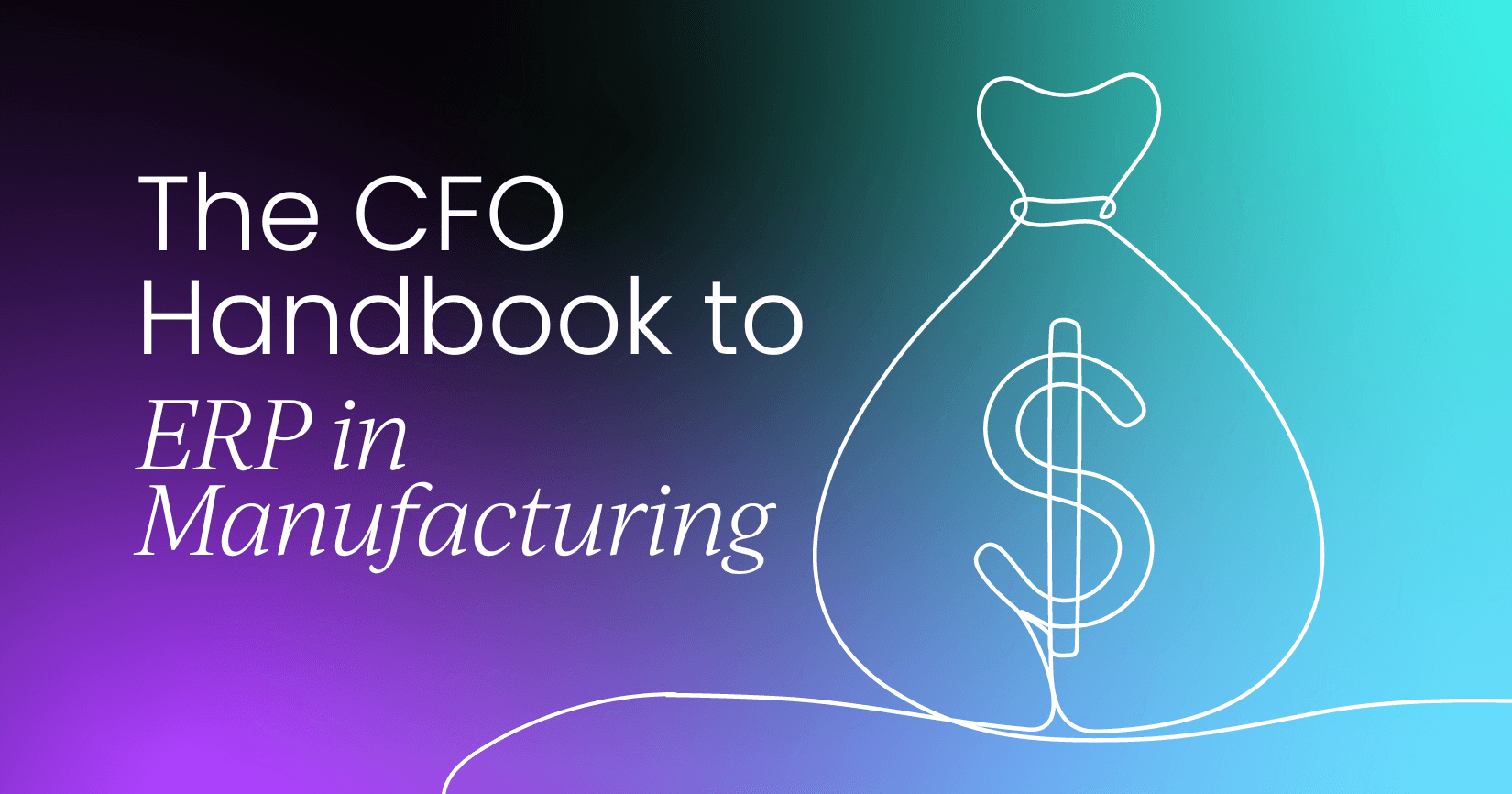Are your manufacturing operations looking a little…rusty?
The reason for that could be a lack of a suitable enterprise resource planning (ERP) system.
ERP systems provide real-time data and insights, which makes it easier to make informed and strategic decisions quickly – something that CFOs in the manufacturing industry rely on to ensure the financial health of the business.
If you want to learn more about enterprise resource planning for manufacturing, keep reading as we cover how ERP software can help establish visibility and coordination while improving process efficiency across the business.
Table of contents:
- What is enterprise resource planning for the manufacturing industry?
- Why it’s important in manufacturing
- 5 signs your manufacturing company needs an ERP
- Types of enterprise resource planning (ERP) systems
- Key components of ERPs in manufacturing
- Challenges and solutions
What is enterprise resource planning for the manufacturing industry?
Market Search Engine reports that the ERP market is experiencing rapid growth, with the total market size projected to surpass $49.5 billion by 2025.
Manufacturing enterprise resource planning systems are designed to manage and streamline all the different processes involved in manufacturing.
Instead of using lots of different systems for things like inventory, planning what to make, checking quality, and handling money, ERP does it all. This makes it easy to see what’s going on company-wide.
With an ERP system, you can see what’s happening right now, which helps you to make better decisions faster.

For finance teams in the manufacturing industry, this type of set-up comes with some great advantages.
For one thing, it gives you a clear picture of the money coming in and going out of the company. You can see exactly how much things cost to make, how much you're selling them for, and how much profit you're making.
So, when it comes to making decisions about spending and saving, you have all the information you need on hand.
Why is enterprise resource planning integration important in manufacturing?
Did you know that manufacturing companies are the No. 1 user of ERP software? As reported by SelectHub, manufacturers made up the largest segment of ERP users with 47% of companies seeking to purchase ERP software.
If you work in manufacturing, you already understand that efficiency is everything. Enterprise resource planning streamlines operations in the manufacturing industry, ensuring that every part of your process is connected and working together seamlessly.
Not only that, but it also quickly improves productivity and resource management. As we’ve mentioned, you’ll be working from real-time data and insights, which will help you run finance processes like payroll and budgeting smoothly and without any hiccups.
Manufacturing companies are the top users of ERP software, leading the way in leveraging these systems for efficiency and growth.

5 signs your manufacturing company needs an ERP
Wondering if it’s time to invest in an ERP system for your manufacturing company? Here are some clear signs that an ERP could be a game-changer for your business.
1. Inefficient processes
If you're constantly struggling with manual processes and endless data entry, it’s a major red flag. Not only is it tedious, but it also leaves room for mistakes.
An ERP system automates these tasks, streamlining your operations and freeing up your team to focus on more strategic activities.
2. Data discrepancies
Ever noticed that numbers don’t always match up? Different departments using different information is a common issue in manufacturing companies without an ERP system.
As you can imagine, these discrepancies can lead to misinformed decisions and pretty big mistakes. With a manufacturing enterprise resource planning system, all the data is centralized. Suddenly, everyone’s on the same page with one central source of truth and no more guessing!
3. Lack of real-time information
Need information fast but can’t find it anywhere? If you can’t access up-to-date information when you need it, you’re missing out on valuable opportunities and reacting too slowly to problems.
ERP systems provide real-time visibility into all aspects of your operations, so you can make smart decisions on the fly.
4. Scalability issues
As your manufacturing business grows, your systems need to grow with it. If you’re finding it hard to scale operations with your current setup, an ERP system can help. It’s designed to support business growth, making it easier to manage increased production volumes, additional inventory, and expanding teams.
5. Poor customer satisfaction
Delays, errors, and mix-ups can kill your reputation. Enterprise resource planning for manufacturing can streamline your operations, improve accuracy, and ensure timely deliveries, leading to happier customers and a stronger bottom line.

Types of enterprise resource planning (ERP) systems
ERP systems come in all shapes and sizes, each with its own strengths and weaknesses. Below, we break down the main types of enterprise resource planning (ERP) systems to help you decide which one is the best fit for your needs:
On-premise
With an on-premise ERP, the software lives on your company’s servers. This gives you complete control over your data and system, but it also means higher upfront costs for hardware and software, plus the need for in-house IT support.
Cloud-based
Cloud-based ERP systems are hosted by a vendor and accessed online. They offer flexibility, lower upfront costs, and easy scalability. However, you'll rely on a stable internet connection and give up some control over your data.
Hybrid
A hybrid ERP combines the best of both worlds, letting you choose which functions to keep in-house and which to move to the cloud. While it offers flexibility, it can also be more complex and costly to manage.
Industry-specific
Tailored for specific industries like manufacturing, these ERPs offer features and workflows designed to meet your industry’s unique challenges. While they can be highly efficient, they might be less flexible for businesses with diverse needs.
Open-source
Open-source ERP systems let you access and modify the software’s code. This offers high customization but requires technical expertise and may have limited vendor support.
By understanding these different types, you can choose an ERP system that aligns with your manufacturing business’s specific needs, budget, and goals.

Key components of ERP in manufacturing
With countless moving parts and interconnected processes, manufacturing facilities (and their finance teams) demand efficient management.
But how can a successful enterprise resource planning integration benefit a manufacturing company and finance?
Keep reading to find out.
Inventory management: Keep track of everything from raw materials to finished products. Optimize stock levels, streamline warehouse operations, and say goodbye to stockouts and overstocking.
Production planning: ERP assists in scheduling production processes, managing resources, and aligning production targets with market demand.
Quality control and compliance: If you want to make sure your products meet the highest standards, you need to make quality control and compliance a top priority. With the right enterprise resource planning strategy, you can track quality metrics, manage defects, and stay compliant with industry regulations.
Financial management: ERP systems bring all your financial data into one place. Now you can track costs better, manage cash flow more efficiently, and make informed decisions to boost your bottom line.
Supply chain management: Enterprise resource planning supply chain management is a powerful combination that optimizes the flow of goods and services from raw materials to end customers. It also helps to improve supplier relationships, optimize transportation, and ensure timely deliveries.

Human resources: ERP integrates HR functions, helping manage employee data, payroll, and recruitment.
Customer relationship management (CRM): Build stronger customer relationships. Track interactions, improve customer satisfaction, and drive sales growth.
Equipment performance tracking: Monitor the health and performance of your machinery to optimize maintenance and reduce downtime.
Purchasing: Streamline the procurement process, find the best suppliers, and negotiate better deals.
Artificial intelligence: There’s a reason almost everyone (and their nans) are talking about artificial intelligence (AI). It’s incredibly powerful and when you blend it with your ERP system in manufacturing, you can use it to optimize production, predict demand, and improve decision-making.
Connect to the cloud: Access your ERP system anytime, anywhere, and enjoy the benefits of cloud-based scalability and flexibility.

Challenges and opportunities
Like most things in life, enterprise resource planning for the manufacturing industry isn’t without its hurdles. But not to worry, we’re going to get into the common challenges and provide useful steps to help you overcome them.
Some of the most common challenges include:
- Integration issues: Combining old systems with a new ERP can be complex and disruptive.
- Data migration: Moving data accurately and efficiently into the new system is crucial.
- Employee resistance: Overcoming resistance to change and new technology is essential for success.
- Cost: The initial investment in ERP software, hardware, and training can be significant. In fact, most implementations end up costing three to four times more than initially budgeted.
Alright, now that we’re aware of the potential problems that can occur during the enterprise resource planning integration process, it’s time to look at the solutions:
- Detailed planning: A well-structured plan outlines goals, timelines, and responsibilities.
- Employee training: Invest in comprehensive training to build user confidence and adoption.
- Data quality: Ensure data accuracy and consistency before migration.
- Ongoing support: Provide continuous support to address issues and maximize system benefits.
Why this matters for finance
Finance professionals play a critical role in ERP implementation success. By understanding the challenges and strategies, you can:
- Manage costs: Effective planning and training can help control expenses and maximize ROI.
- Improve efficiency: Accurate data and smooth operations lead to cost savings and better resource allocation.
- Support decision-making: Reliable data and insights empower informed financial decisions.
By navigating these challenges and implementing effective strategies, finance teams can contribute significantly to a successful ERP deployment and unlock its full potential for the business.




 Follow us on LinkedIn
Follow us on LinkedIn





